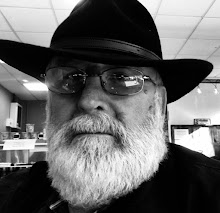We all have a child within that part of our identity that is free, spontaneous and creative and also completely impulsive in getting its childhood needs met. If you spend time with a 2-year-old, you can easily see their child within play out -- they are full of joy in the moment and tell you directly what they want and how they feel. Of course sometimes dealing with a toddler is akin to trying to manage a disordered adult. They have a tendency to express their negative feelings with irrational rage in the form of tantrums and have the tenacity of a pit bull when it comes to getting the object of their immediate fancy -- regardless of adult protest. As children develop into adults the child within becomes less and less obvious and takes a backseat to adolescent and eventually adult maturity.
But those basics needs of the child however, are all still present. Sigmund Freud theorized that the mind is composed of the "Id," "Ego" and "Superego." The id represents our basic instincts and drive; the superego operates as a moral compass over the id. As children develop, the ego becomes more and more refined in the task of mediating between the id's urges/impulses with the superego's quest for doing 'good' for the long term.
When emotionally overwhelmed, we tend to regress and revert to childhood strategies to get our needs met. When the mind is overloaded it is natural to look for immediate gratification. It's at those times that the id or child within might wreak havoc on our relationships, and our life. We who are chronically overloaded with stress, life transitions, medical conditions or chronic relationship conflict often rely on childhood strategies to get our needs met. And for those of us who were not adequately nurtured or made to feel safe in childhood, their child within will play out destructively throughout adulthood.
Allowing our child within out means we are constantly indulging our immediate needs and we never get to see that we can tolerate not getting everything just our way all of the time. The child within becomes an adult who inside feels weak and terrified but projects strength by using rage as ammunition. As we see we can tolerate distress and improve our relationships without these tactics we will no longer rely on the child within to handle our adult issues. This leads to increased confidence and positive feelings of self worth.
Home
»
spontaneous and creative
»
We all have a child within that part of our identity that is free
» We all have a child within that part of our identity that is free, spontaneous and creative
Subscribe to:
Post Comments (Atom)











Post a Comment
Post a Comment